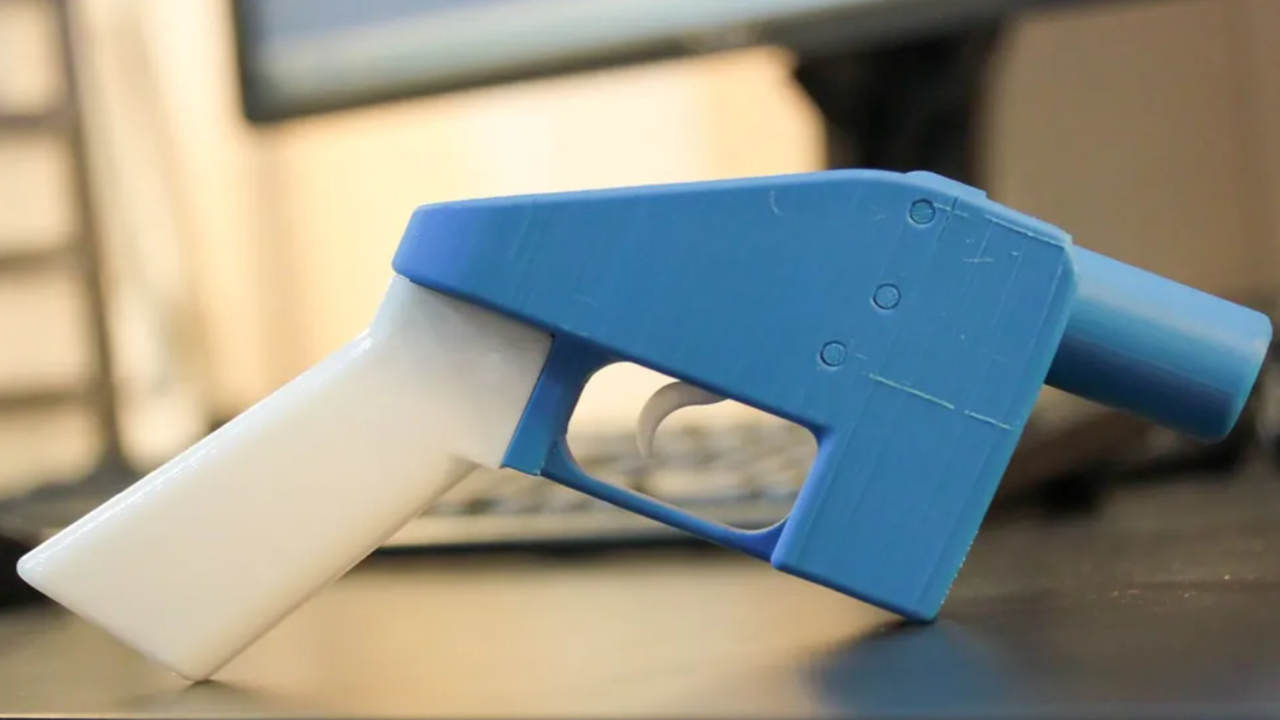- Ghost weapons spotlight the darker facet of contemporary 3D printing expertise
- Fingerprinting programs can embed timestamps, geolocations, and printer identification information
- SIDE gives break-resilient embedding strategies for forensic information restoration
The rise of 3D printing has supplied new methods to provide instruments, spare components, and even artwork. But its darker use has gained consideration via “ghost weapons.”
These are firearms produced exterior regulatory programs, that are tough to hint and have already been implicated in violent crime, together with the 2024 killing of UnitedHealthcare CEO Brian Thompson.
Fortunately, researchers now consider that even when somebody smashes such an object, investigators may nonetheless get better worthwhile forensic info.
Constructing a system of hidden fingerprints
Till now, a weak spot has remained: what occurs when a printed object is damaged into items or intentionally tampered with?
A workforce led by Netanel Raviv at Washington College in St. Louis has developed a system designed to resist such makes an attempt.
Its framework, named Safe Info Embedding and Extraction (SIDE), makes use of mathematical strategies that enable fragments to retain sufficient encoded element for investigators to get better key info.
Signal as much as the TechRadar Professional e-newsletter to get all the highest information, opinion, options and steerage what you are promoting must succeed!
The SIDE system is constructed on earlier work offered on the IEEE Worldwide Symposium on Info Principle in 2024, which targeted on encoding strategies resilient sufficient to reconstruct information from partial stays.
By extending these concepts, the present research provides safety mechanisms that may require 3D printers to incorporate such fingerprints mechanically.
In keeping with the researchers, SIDE doesn’t simply add markings however makes use of loss-tolerant embedding methods. Because of this even a weapon intentionally damaged into items should yield identifiable information throughout forensic evaluation.
On one hand, fingerprinting methods may make it tougher for illicit weapons to flow into undetected.
However, this raises questions concerning the scope of surveillance, management over private manufacturing, and the steadiness between safety and privateness.
A newbie 3D printer used for innocent residence initiatives may quickly be topic to the identical necessities as industrial machines if regulators resolve to mandate such programs.
Whereas the controversy will doubtless concentrate on ghost weapons, SIDE has potential makes use of far past weapon tracing.
Any merchandise produced with a 3D printer may, in concept, carry this invisible signature.
Mixed with AI instruments for sample recognition and information restoration, investigators may reconstruct timelines and identities from fragments of plastic or resin.
"This work opens up new methods to guard the general public from the dangerous points of 3D printing via a mixture of mathematical contributions and new safety mechanisms," mentioned Netanel Raviv, assistant professor of laptop science & engineering within the McKelvey Faculty of Engineering at Washington College in St. Louis.
"Whereas SIDE has limitations in defending towards resourceful attackers with robust experience in 3D printing, it raises the extent of sophistication, prior data, and experience required from the adversary to stay undetected after committing the crime."
By way of Techxplore
